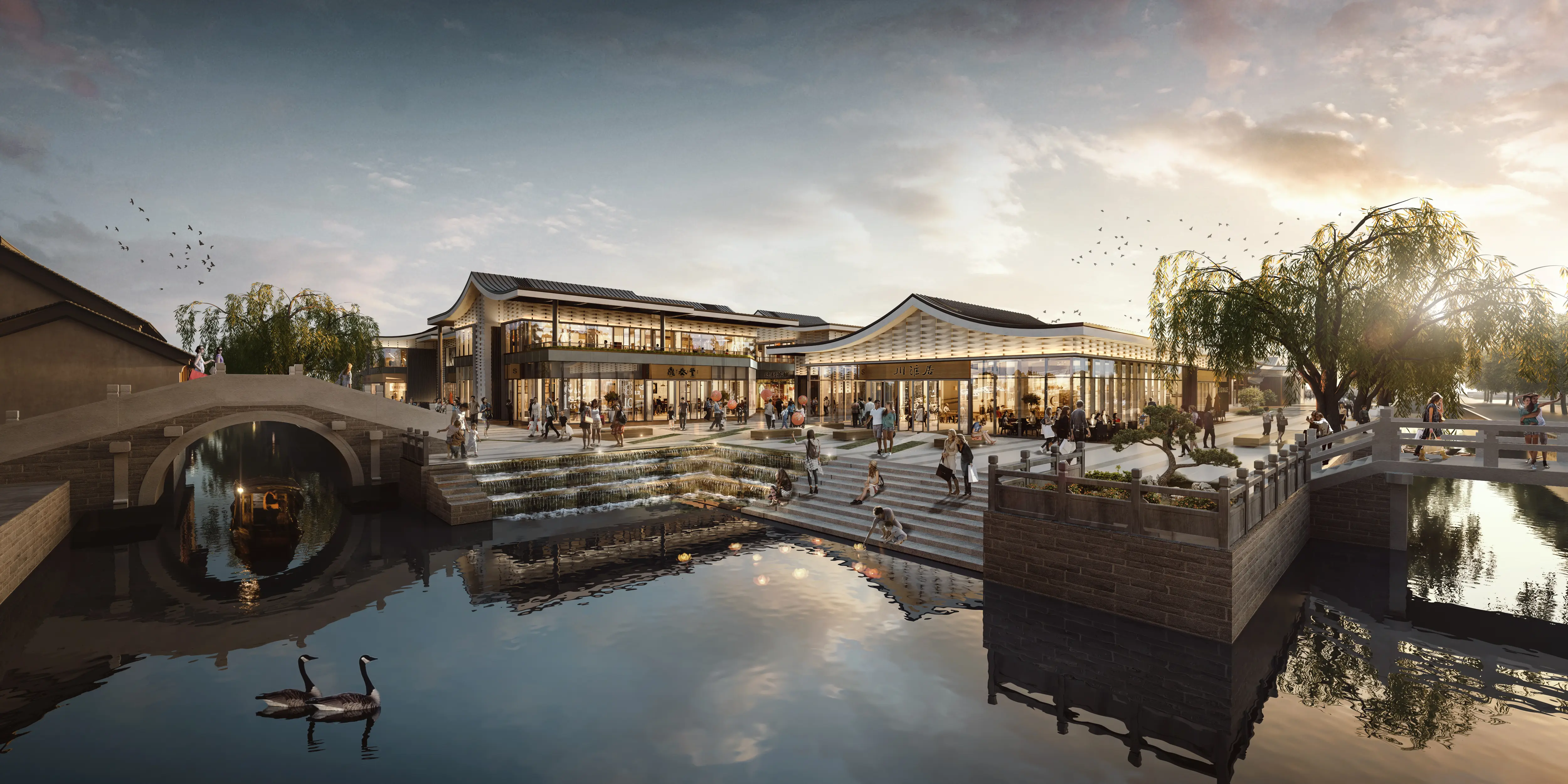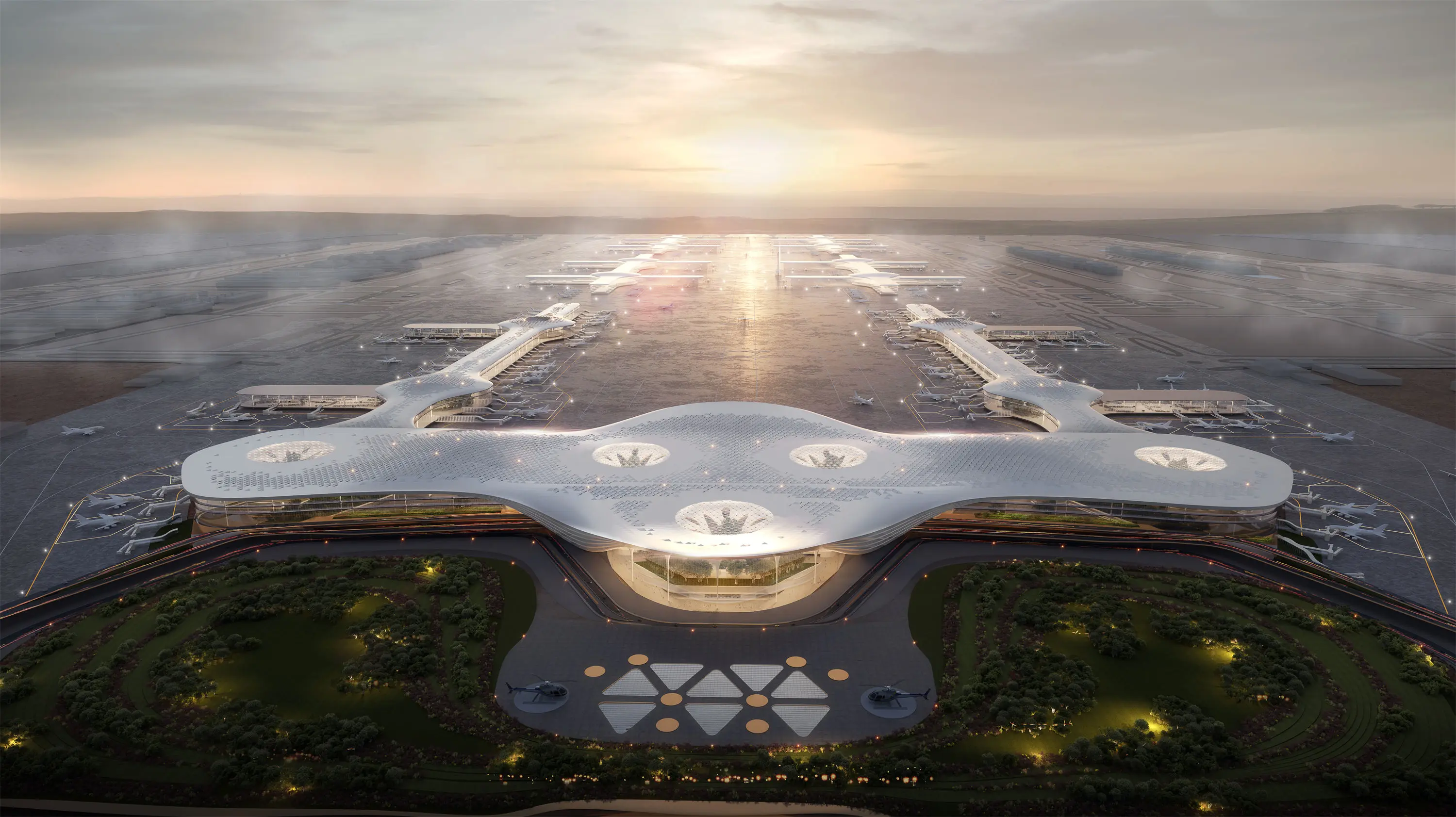What characteristics should architectural animation have
1.Authenticity
Architectural animation needs to accurately show the appearance of the building, including the shape, size and material of the building. For example, the material texture of the building facade, such as the grain of the stone, the gloss and transparency of the glass, should be truly restored, so that the audience can clearly see the actual look of the building after completion.
Accurate representation of the interior space: The presentation of the interior space of the building is also required to be accurate. The layout of the room, the size of the space, the height of the floor and the interior decoration and other details should conform to the actual Design. Like the interior decoration style, the placement of furniture, etc., should be consistent with the architectural design scheme, so that the audience has a sense of immersion.
The environmental scene should be realistic: the environmental scene of the building should be real and reasonable. Including the surrounding terrain, such as mountains, rivers, roads, etc.; And the natural environment, such as the types of vegetation, the changes of the seasons; And the urban environment, such as other surrounding buildings, traffic conditions, etc. This helps the viewer to better understand the relationship between the building and its surroundings.

2 .Visualize
Spatial display visualization: Through the form of animation, the three-dimensional spatial structure of the building is clearly displayed. The audience can observe the building from different angles, such as the bird's eye view from the outside, to understand the overall layout of the building and the relationship between the surrounding environment; You can also enter the interior of the building to see how each room is connected and the level of space, which is an advantage that two-dimensional drawings can not match.
Construction process visualization (if any) : For some animations that show the construction process of a building, it is able to present the complex construction process in a visual way. From the foundation construction, the construction of the main structure to the facade decoration and interior decoration and other stages, according to the actual construction sequence and methods are displayed, so that non-professionals can easily understand how the building is built.
3. Dynamic
Dynamic display of camera movement: Architectural animation uses various camera movements to show buildings. For example, pushing the lens can guide the audience's attention to a specific part of the building, such as the exquisite door decoration or unique building components; Pulling the lens can return from the partial display of the building to the overall appearance, so that the audience has a comprehensive understanding of the building; Panning and panning allow for dynamic browsing along the building's facade or interior space, enhancing the viewer's visual experience.
Dynamic addition of people and objects: In order to make architectural animations more vivid, some dynamic elements of people and objects are usually added. For example, the addition of people walking and vehicles on the street outside the building, and the addition of active characters inside the building, such as staff working in the office and customers shopping in the mall, can make the audience better feel the function and atmosphere of the building.
Dynamic changes in light and weather: The effects of light and weather in the animation are also dynamic. With the passage of time, the change of the Angle of sunlight will make the building produce different shadow effects, showing the appearance of the building at different times. At the same time, changes in the weather, such as sunny, cloudy, rainy, snowy, etc., can also be dynamically presented to further enhance the sense of integration between the building and the environment.
4. ArtThe pursuit of picture beauty: Architectural animation should have a sense of beauty in the picture. The color collocation should be coordinated, which should not only conform to the style of the building itself, but also take into account the visual feelings of the audience. For example, for classical buildings, warm colors can be used to create a solemn and elegant atmosphere; For modern buildings, cool colors can be used to reflect the simple, technological feeling. At the same time, the composition of the picture should be reasonable, by cleverly arranging the main body of the building and the surrounding environment elements, to create an attractive picture.
Unique style shaping: Depending on the type, purpose and target audience of the building, architectural animation can create different styles. For example, to show that residential buildings can adopt warm and comfortable styles; The display of commercial buildings can highlight the bustling and modern style; The display of cultural Architecture can create a style rich in cultural deposits and artistic flavor. Through unique style shaping, make the architectural animation more appealing.
5. Interactivity (in some application scenarios)
User interaction function implementation: In some architectural animation display platforms or software, with interactive functions. Users can control the movement of the lens themselves, such as rotation, translation, zoom and other operations, according to their own wishes to observe the building. You can also choose to view different parts of the building or functional areas, such as switching floors, viewing different apartment types, etc., this interaction enhances the user's sense of participation and experience.


